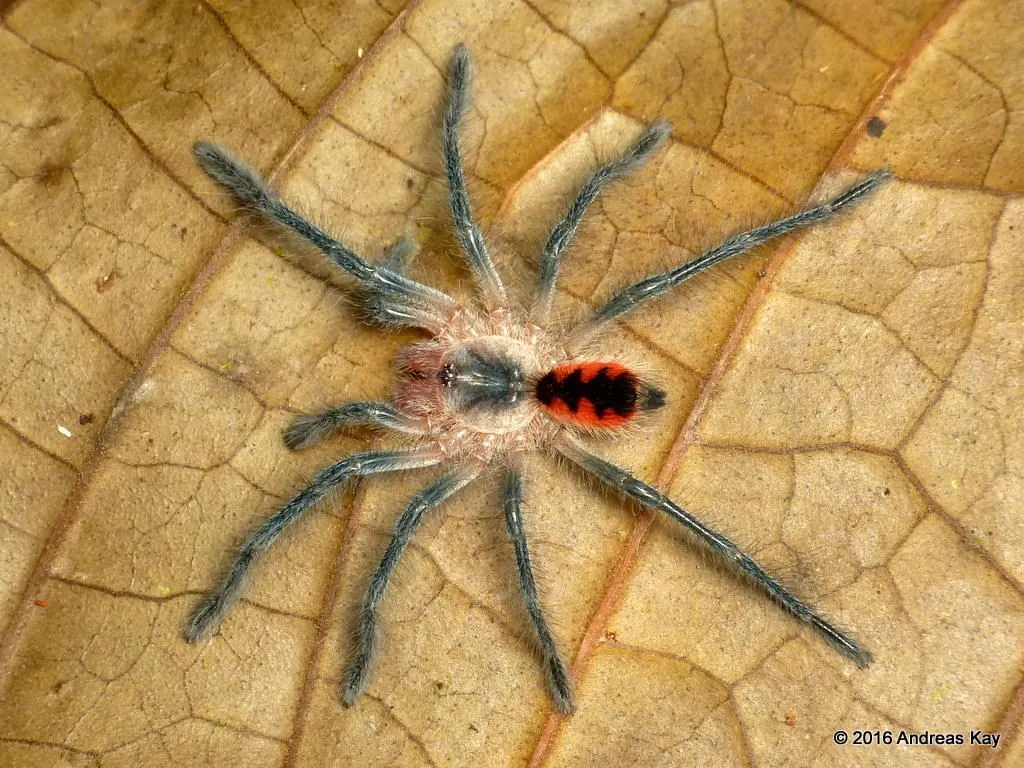What are Baby Tarantulas Called?
The world of tarantulas is fascinating, and understanding the terminology is a great first step for enthusiasts. When we talk about baby tarantulas, it’s important to know the correct term. This article will delve into what these adorable creatures are scientifically referred to as, their development stages, and some of the essential care tips for raising these tiny arachnids. Whether you’re a seasoned tarantula keeper or simply curious about these amazing creatures, this guide will provide you with valuable insights.
Spiderlings: The Scientific Term
Baby tarantulas are scientifically and commonly known as spiderlings. This term is used to describe tarantulas from the moment they hatch until they reach a certain stage of development. Spiderlings are essentially the juvenile phase of these arachnids, representing their early life stages before they become fully grown adults. This term helps differentiate between the various life stages of a tarantula, allowing for more specific care and understanding of their needs.
Why are they called Spiderlings?
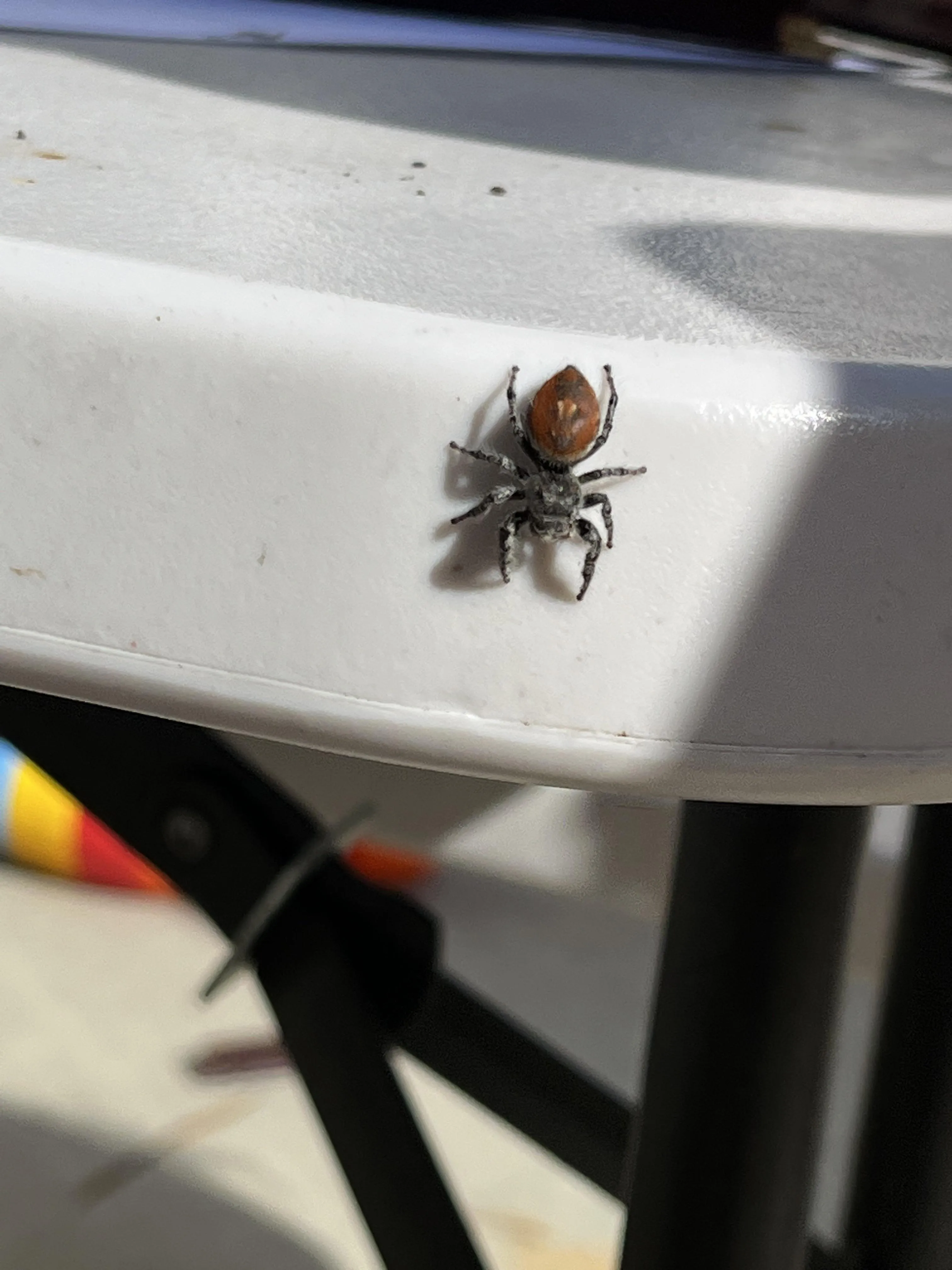
The term spiderling is a straightforward way to indicate a young spider. It directly relates to their classification as spiders. This term is used across various spider species, not just tarantulas. The ’ling’ suffix is commonly used in biology to indicate a younger or smaller version of something, so ‘spiderling’ makes perfect sense. It is a simple and accurate description of their developmental stage and size compared to adult tarantulas. Spiderlings are generally smaller, have different coloration, and their behaviors differ from those of adult tarantulas. Their care requirements also differ, highlighting the importance of using this specific term.
Development Stages of Baby Tarantulas
The journey from egg to adult tarantula is a fascinating process marked by several distinct stages. Understanding these stages is crucial for providing the right care and ensuring the spiderlings’ survival. The development process involves molting, growth, and various behavioral changes. Each stage requires slightly different care and attention. Let’s explore the key developmental phases, from the initial egg sac to the spiderlings’ early instars and subsequent molting cycles, which is crucial for their growth.
Eggs and the Egg Sac
The life of a tarantula begins with the eggs, carefully laid by the female. The eggs are encased within a protective silk sac, which the mother diligently guards. The egg sac serves as a secure environment, protecting the developing eggs from environmental threats and providing them with the necessary humidity and temperature. The incubation period can vary depending on the species and environmental conditions, but it’s a crucial period where the eggs develop into spiderlings. Proper care during this stage is paramount for ensuring the survival of the next generation. (Image tarantula-egg-sac.webp)
First Instar Spiderlings
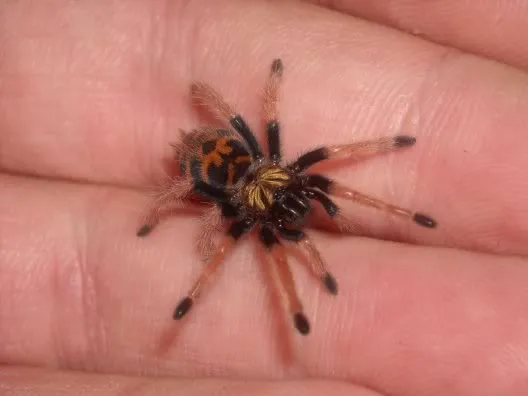
Once the eggs hatch, the tiny spiderlings, often referred to as first instar spiderlings, emerge. These spiderlings are very small, and they often huddle together for protection. At this stage, they still rely on the remnants of their yolk sac for nourishment. They may look like tiny versions of the adults, but their exoskeletons are delicate and vulnerable. Careful attention to humidity and cleanliness is vital at this stage to prevent dehydration and disease. (Image baby-tarantula-close-up.webp)
Molting and Growth
Tarantulas, including spiderlings, grow by molting their exoskeleton. Molting is the process where the spider sheds its old, restrictive outer layer to reveal a new, larger one. Spiderlings molt frequently, especially during their early stages of development. Each molt is a significant growth spurt. The frequency of molting decreases as they mature. After molting, spiderlings are more vulnerable, and it’s crucial to provide them with a safe and undisturbed environment to ensure they recover properly. (Image spiderling-molting.webp)
Caring for Baby Tarantulas
Raising spiderlings requires a meticulous approach and a solid understanding of their specific needs. Unlike adult tarantulas, spiderlings are more susceptible to environmental changes and require a carefully controlled environment. This includes maintaining appropriate humidity and temperature levels, offering the right food, and providing a safe enclosure. Knowing the specifics of how to create this environment can drastically increase the survival rate of baby tarantulas.
Creating the Right Environment
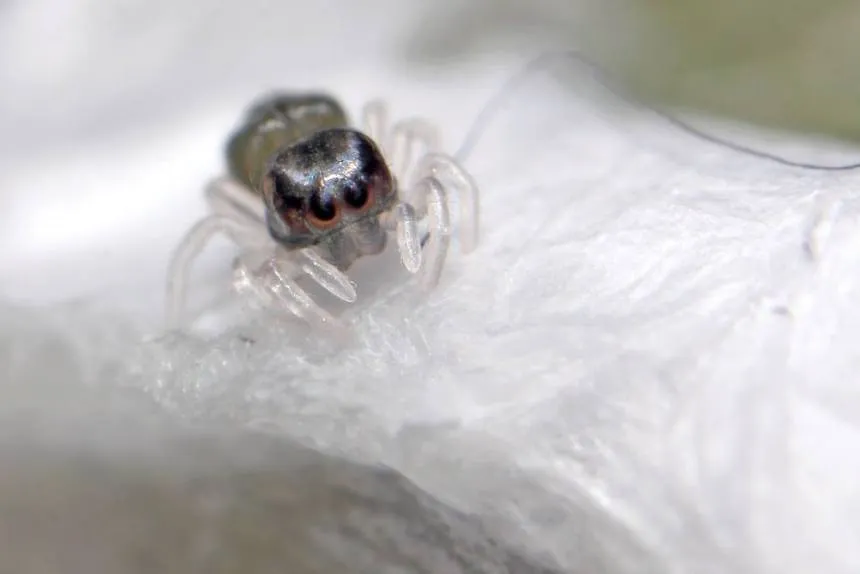
Creating the right environment is critical for the health and survival of spiderlings. This involves selecting an appropriate enclosure, ensuring proper ventilation, and providing a substrate that retains humidity. A small, secure container with adequate ventilation is recommended. The substrate should be kept slightly moist but not saturated, as excess moisture can lead to mold and fungal growth. The enclosure should be kept clean, and any uneaten food should be removed promptly to prevent the buildup of bacteria and mites. (Image baby-tarantula-enclosure.webp)
Humidity and Temperature
Maintaining the correct humidity and temperature levels is crucial for the health of spiderlings. Most spiderlings thrive in a humidity range of 70% to 80%, depending on the species. This can be achieved by misting the enclosure lightly with water. The temperature should be kept between 75°F and 80°F (24°C and 27°C). You can monitor both humidity and temperature using a hygrometer and a thermometer. Avoid exposing spiderlings to extreme temperatures or fluctuations, as this can be detrimental to their health and development.
Feeding Baby Tarantulas
Spiderlings have specific dietary needs. Their size means that they require appropriately sized prey. Choosing the right food and feeding frequency is essential to ensure they receive adequate nutrition. Spiderlings require a diet rich in protein to support their growth. The right food will allow them to molt successfully and develop into healthy adult tarantulas. Understanding what to feed and how often to feed is crucial for their well-being. (Image baby-tarantula-feeding.webp)
Choosing the Right Food
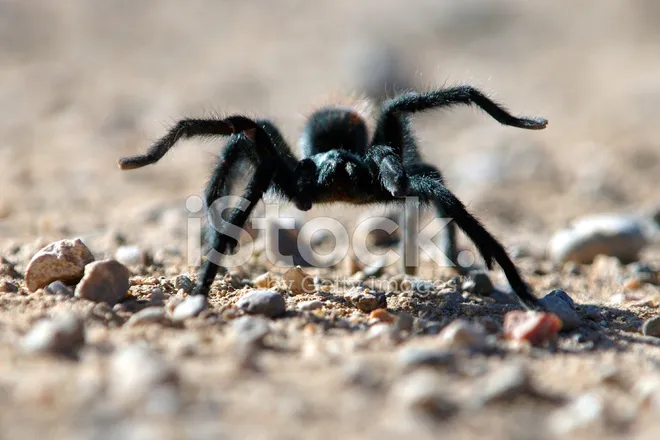
Spiderlings are typically fed small insects. Fruit flies (wingless) and pinhead crickets are common choices. The insects should be small enough for the spiderlings to handle and consume easily. You can also feed them pre-killed insects. The prey should be gut-loaded before feeding to provide added nutritional value. Ensure that the insects are free from pesticides and other harmful chemicals. Always monitor the spiderling to ensure they are eating and digesting their food properly.
How Often to Feed
The feeding frequency for spiderlings is usually every other day or every three days, depending on their size and growth rate. Observe the spiderlings’ abdomen to assess their nutritional needs. If their abdomen appears plump and full, you can reduce the frequency. Remove any uneaten food within 24 hours to prevent mold and mite infestations. Always provide fresh water, either through a shallow water dish or by misting the enclosure.
Potential Dangers and Challenges
Raising spiderlings comes with its own set of challenges, which include risks such as cannibalism, dehydration, and other health issues. Being aware of these potential dangers and implementing preventative measures can significantly improve the chances of successfully raising healthy spiderlings. Understanding and addressing these challenges is critical for anyone who wants to keep baby tarantulas.
Cannibalism
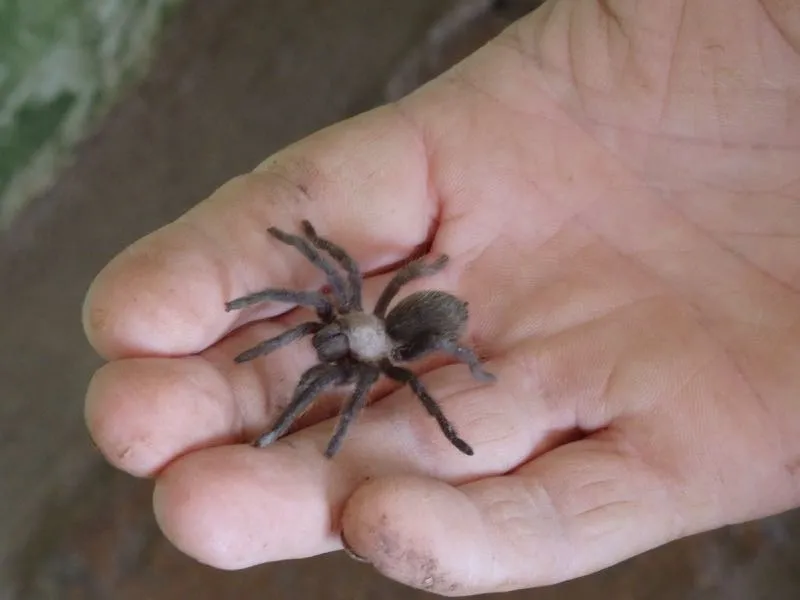
Cannibalism is a potential risk, especially when spiderlings are kept together in the same enclosure. This can happen due to competition for resources or during molting, when spiderlings are most vulnerable. The best way to prevent cannibalism is to house spiderlings individually or, at the very least, to provide ample space and food. Adequate space and resources can reduce the likelihood of cannibalistic behavior. Regularly check the spiderlings to ensure they are not attacking each other.
Dehydration
Dehydration is another significant threat to spiderlings. They can quickly dry out if the humidity levels are too low. This is why it is essential to maintain the proper humidity in the enclosure. Always provide fresh water, either through a shallow water dish or by misting the enclosure lightly with water. Observe the spiderlings for signs of dehydration, such as a shrunken abdomen. Proper hydration helps with molting and overall health (Image tarantula-hydration.webp).
Conclusion
Raising baby tarantulas, or spiderlings, can be a rewarding experience for any arachnid enthusiast. By understanding what they are called, recognizing their development stages, and providing proper care, you can significantly increase their chances of survival. Remember that consistent attention, proper enclosure conditions, appropriate feeding, and the right amount of humidity are critical to their well-being. Always stay informed, do your research, and be prepared to adapt your care practices as your spiderlings grow. (Image various-tarantula-species.webp)
